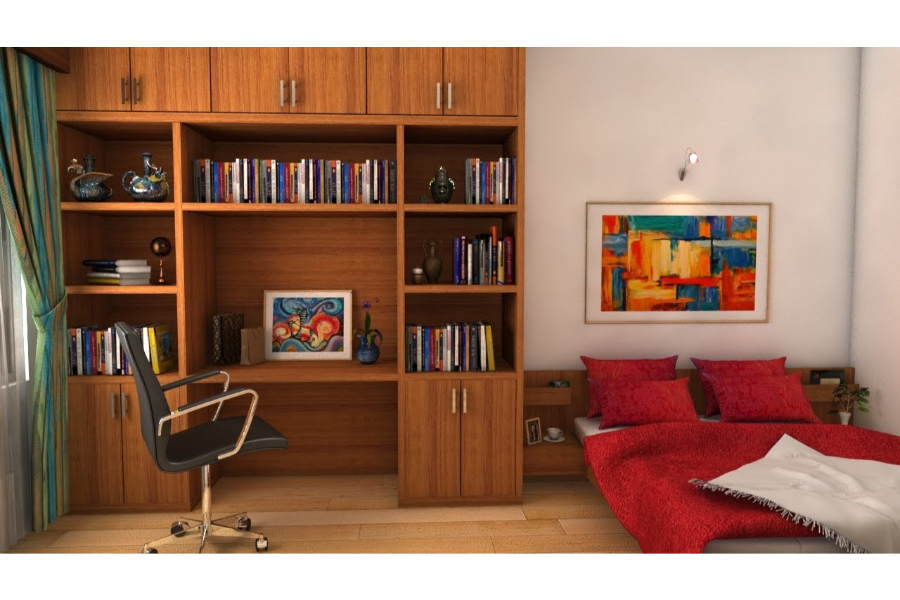Windows are essential to any home. They improve the security of the building, enhance the aesthetics and functionalities of the house, and help to increase the value of the house. However, there is a wide variety of windows you purchase will determine your experience.
Over the years, a lot of emphases have been placed on energy efficiency, which can be severely impacted by the installed windows. This has caused many homeowners to carry out window replacement in their homes.
So, if you are planning window replacement in your home, here’s how to tell if you need new windows. In addition, it would also help if you knew what makes a window energy-efficient. Here are 5 features that makes a window energy efficient:
- Number of Panes
One of the defining factors of energy-efficient windows is the number of panes that the window has. Contrary to single-paned windows, double or triple-paned windows have a significant impact on the energy efficiency of your windows. The number of panes you would choose for your home should correspond to the weather in your region.
- Gas Fills
As part of efforts to boost the efficiency of the windows, specific gas is filled in-between the window panes to prevent the transmission of heat or cold from outside to inside and vice versa. The most common gas used includes argon, krypton, etc. The gases are non-toxic, odorless, colorless, and provide high levels of insulation.
- Low-E Glass
Another factor that determines the energy efficiency level of a window is the type of glass used. Low-E glass has special coatings that guarantee a high level of insulation. This type of glass keeps heat or cold inside and prevent the outdoor temperature from getting into the house. Also, low-E glass reflects the harmful ultraviolet light and prevents the interior furnishings from fading.
- Frame Material
The quality of the materials used for making the window frames also contribute to a window’s energy efficiency. Some materials have better insulation properties, and they are also low-maintenance. When materials that reduce heat transfer are used for window framing, the energy efficiency of such windows will be high. Some of the most commonly used materials include vinyl, fiberglass, wood, aluminum, composite, and a combination of materials.
- Warm Edge Spacers
Spacers are used to secure and separate the panes of glass. The most vulnerable part of the glass pack is the edges – heat and cooling can be lost fast, but with warm edge spacers, there will be a reduction in the rate of conductivity.
When you are planning a window replacement, look out for the features above when choosing your replacement windows. The factors discussed above are crucial to the success of your window replacement project.




